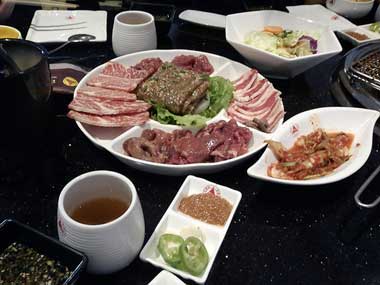Kpop Idols' Quotes
"Even if my throat bleeds from singing and my body breaks from dancing, I will never give up the stage. Under the circumstances where you cannot enjoy yourself wholeheartedly, just scream and shout until your throat hurts." - TVXQ, Jaw Joong.
"There is no shortcut in life." - Super Junior, Kyuttyun-
"Those who think they will lose, end up in that direction." - Dalmatian, Dari
"I only wear clothes because I can't walk around with nothing on, but they started calling me a fashionista." - G Dragon
"Everything will be good as long as you do your best. Because if you do, there will be no regrets." - Tiffany
"Effort does not betray you. If it ever does, that just means you didn't put enough effort into it." - Nicole
"They laugh at us because we're different but we laugh at them because they are all the same." - C.L.
"I can pretend to be less tired despite being tired. If one of the members shows signs of tiredness among the six, then everyone becomes tired. So that's why when everyone's tired, I smile brightly and create a fun atmosphere. If you look at it from that perspective, not only did I mature but my dongsengs did as well" - B.A.P., Young Tae
"In Korea's music to the public, especially the idol market, singing skills are a given but other factors and talents are focused altogether, so I have to emphasize on facial expressions, being able to dance well, having to sing, and looking at the camera. In having to focus on various things and not forget any of the factors in showing a stage where we have to perfect all areas is the hardest homework I think". - B.A.P., Him Chan




